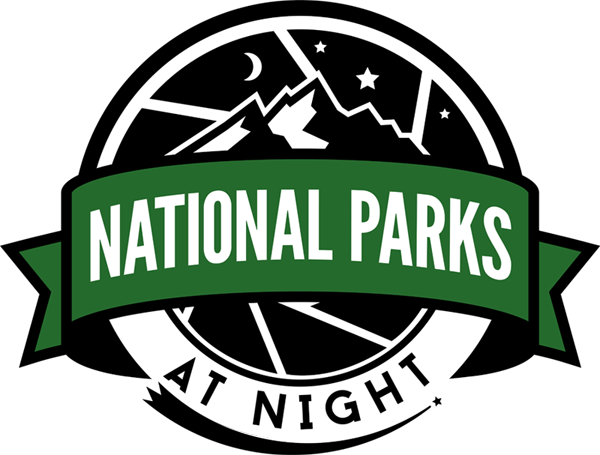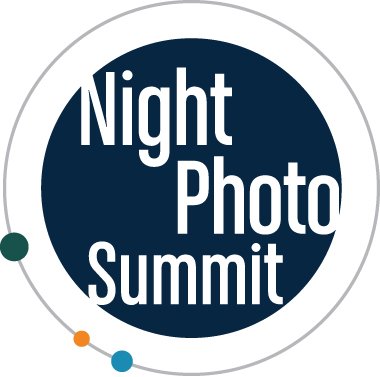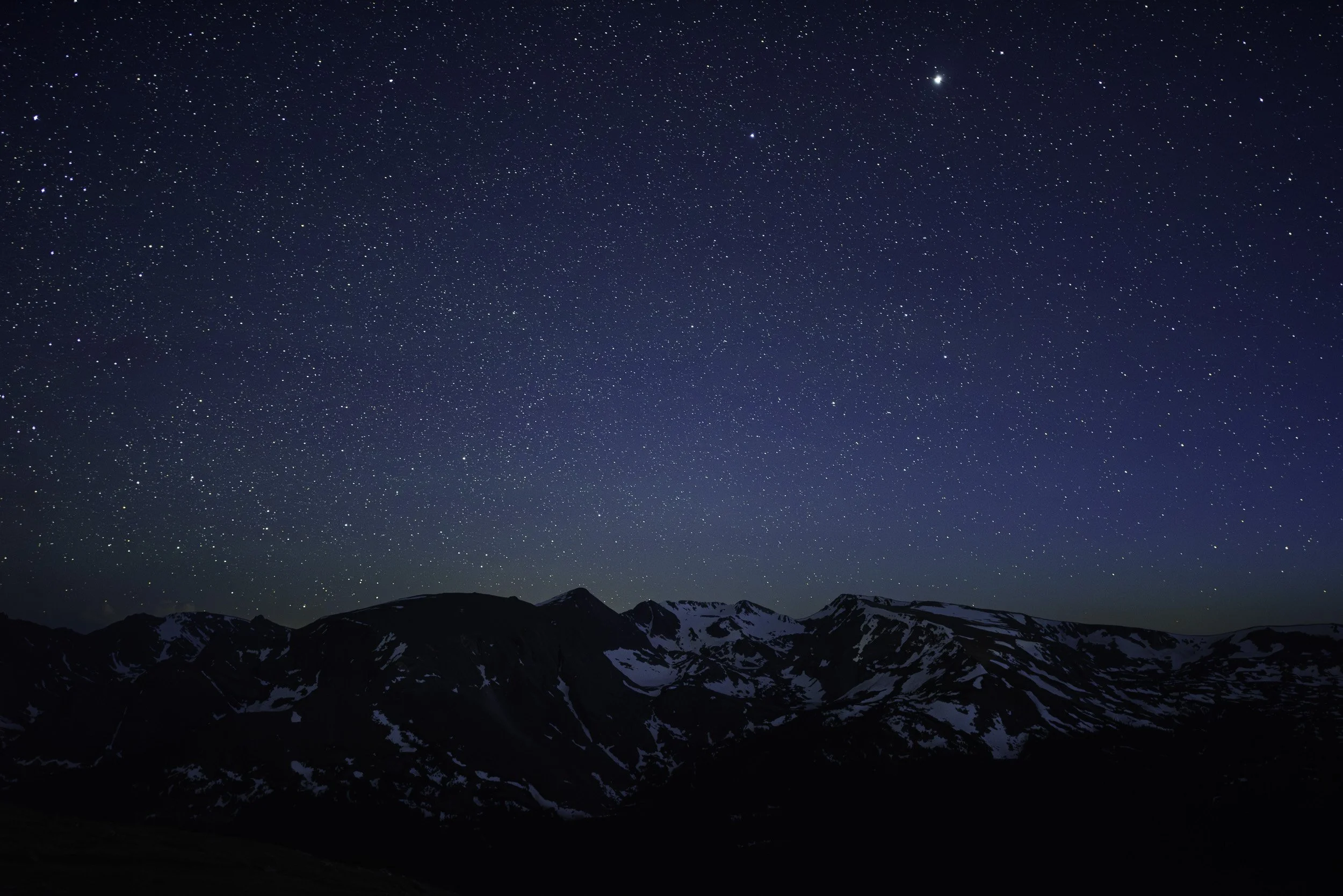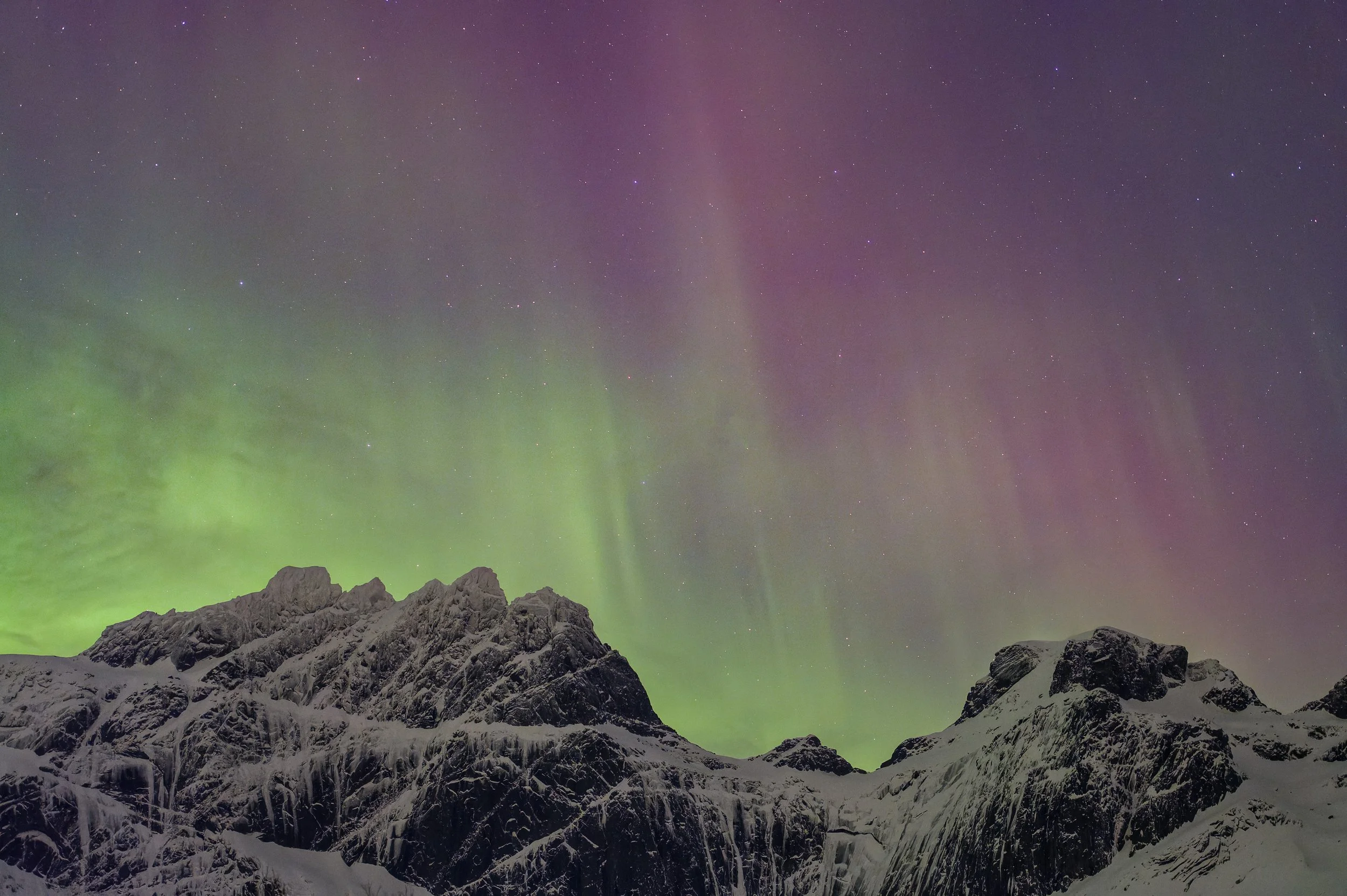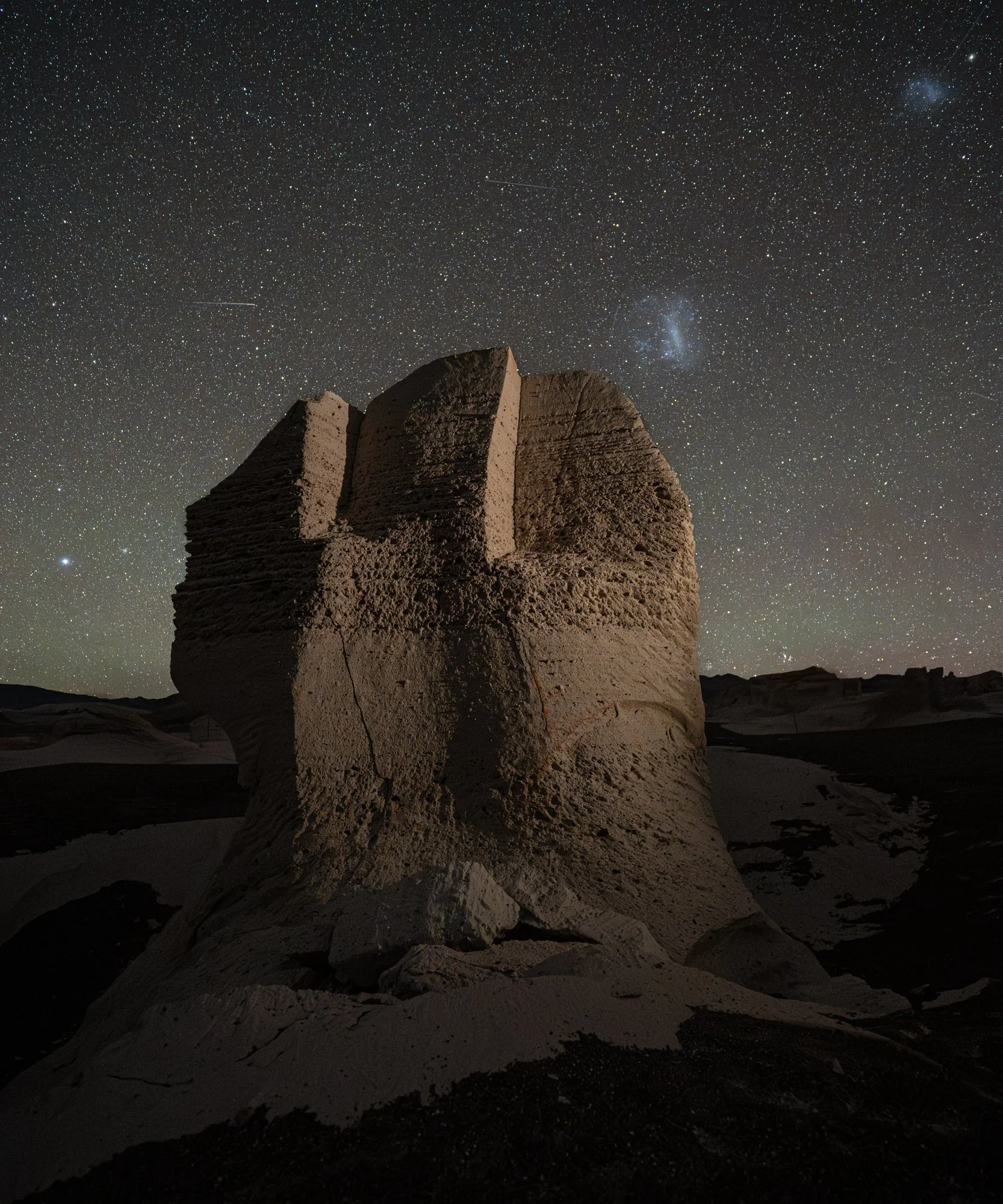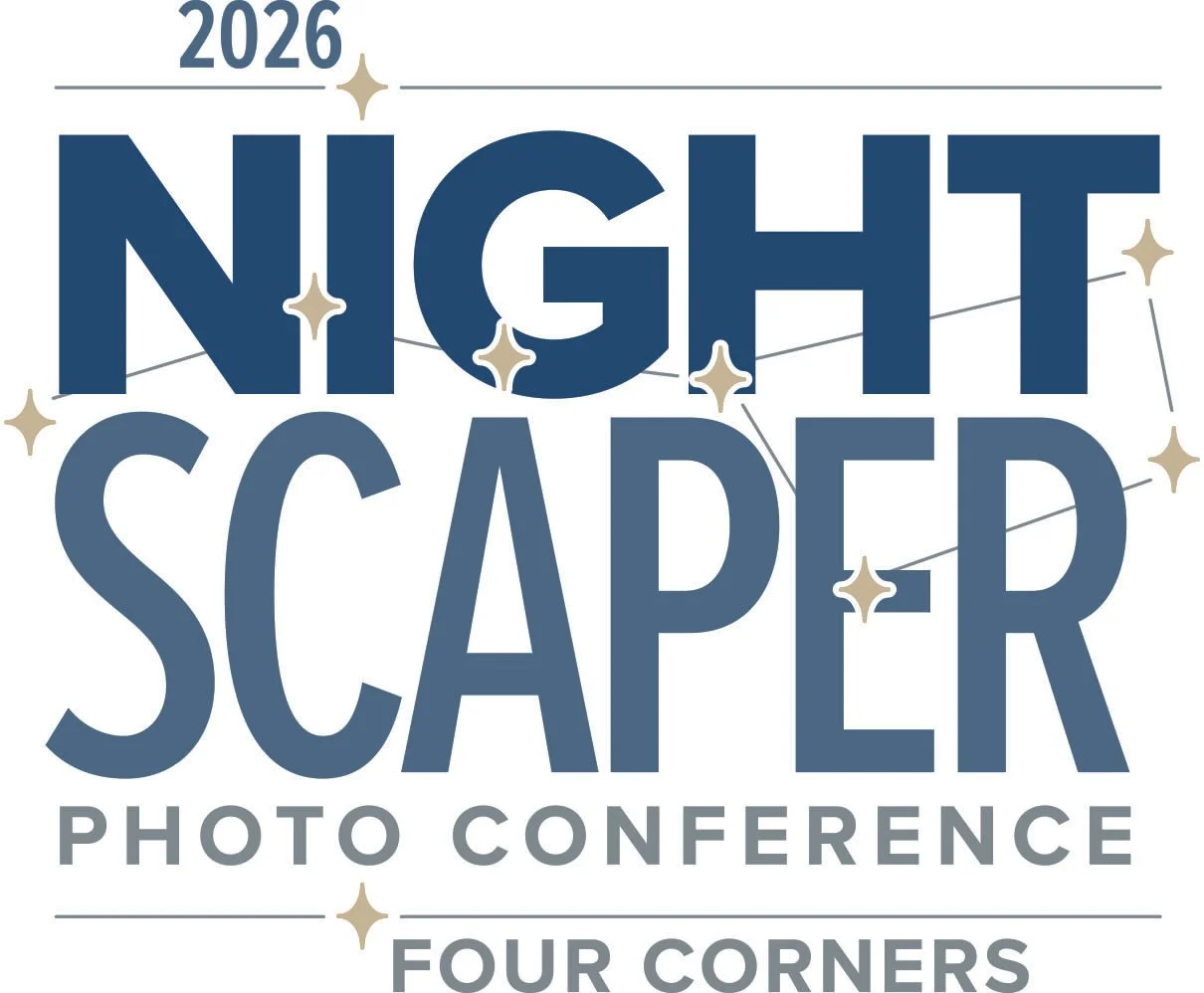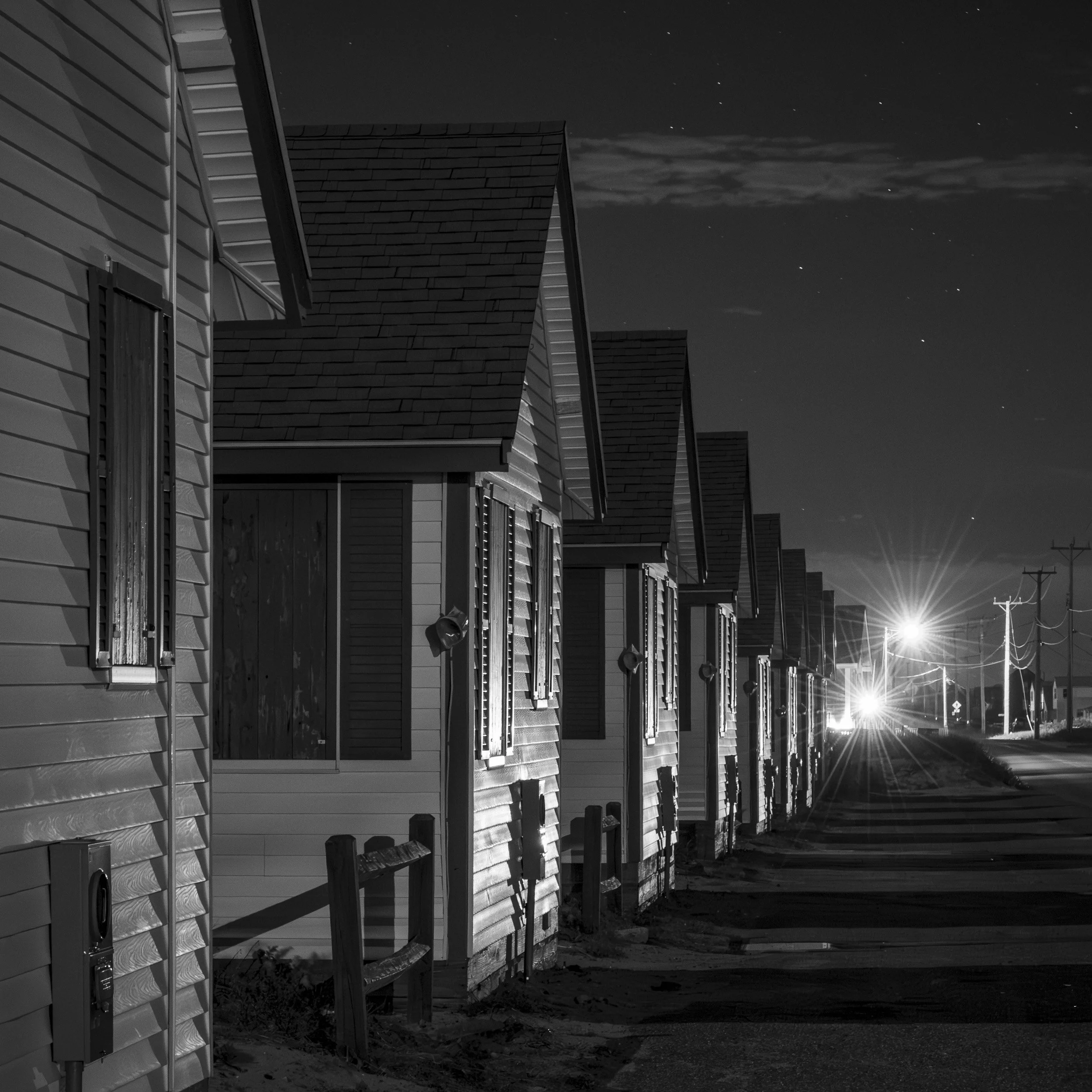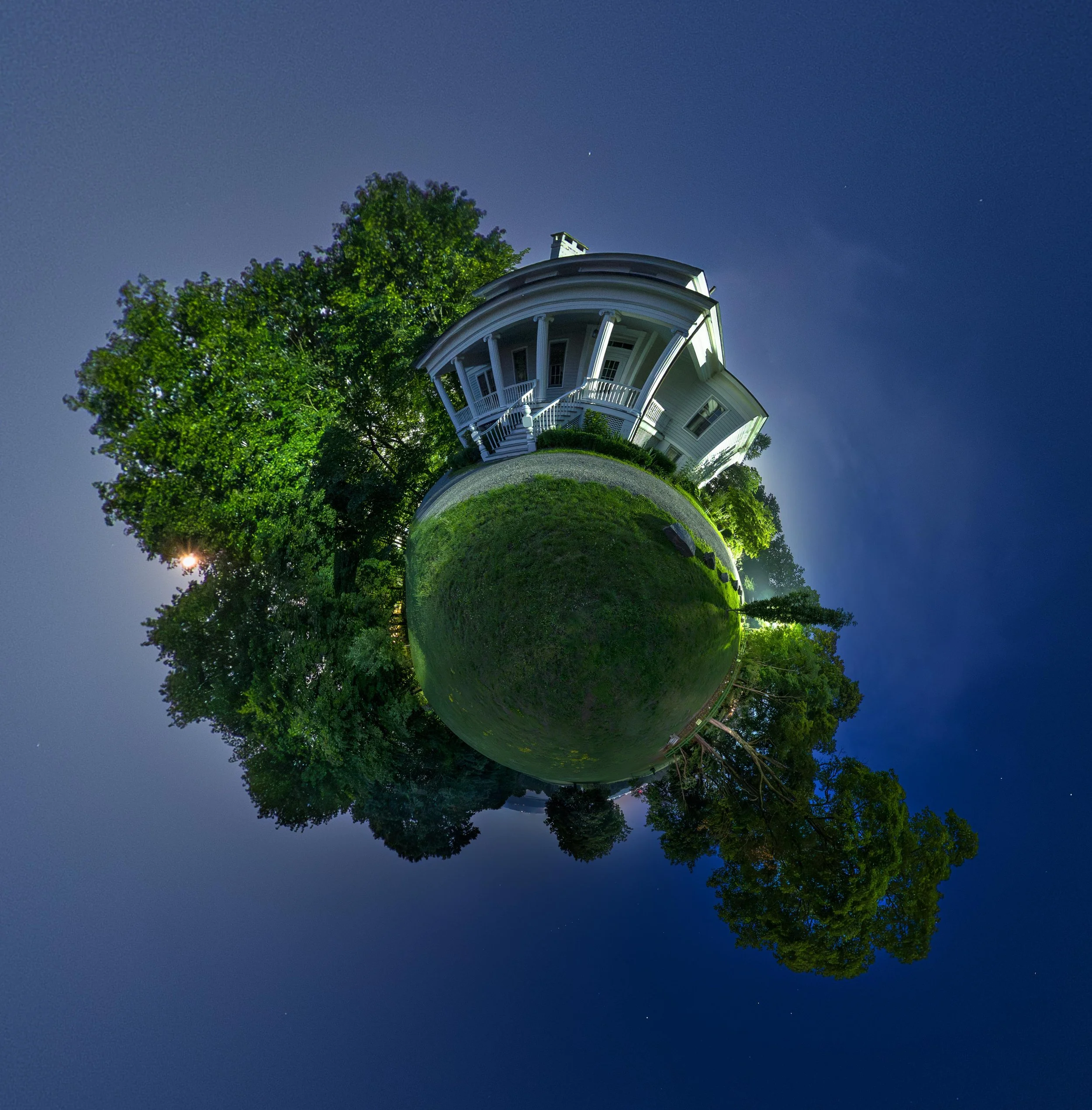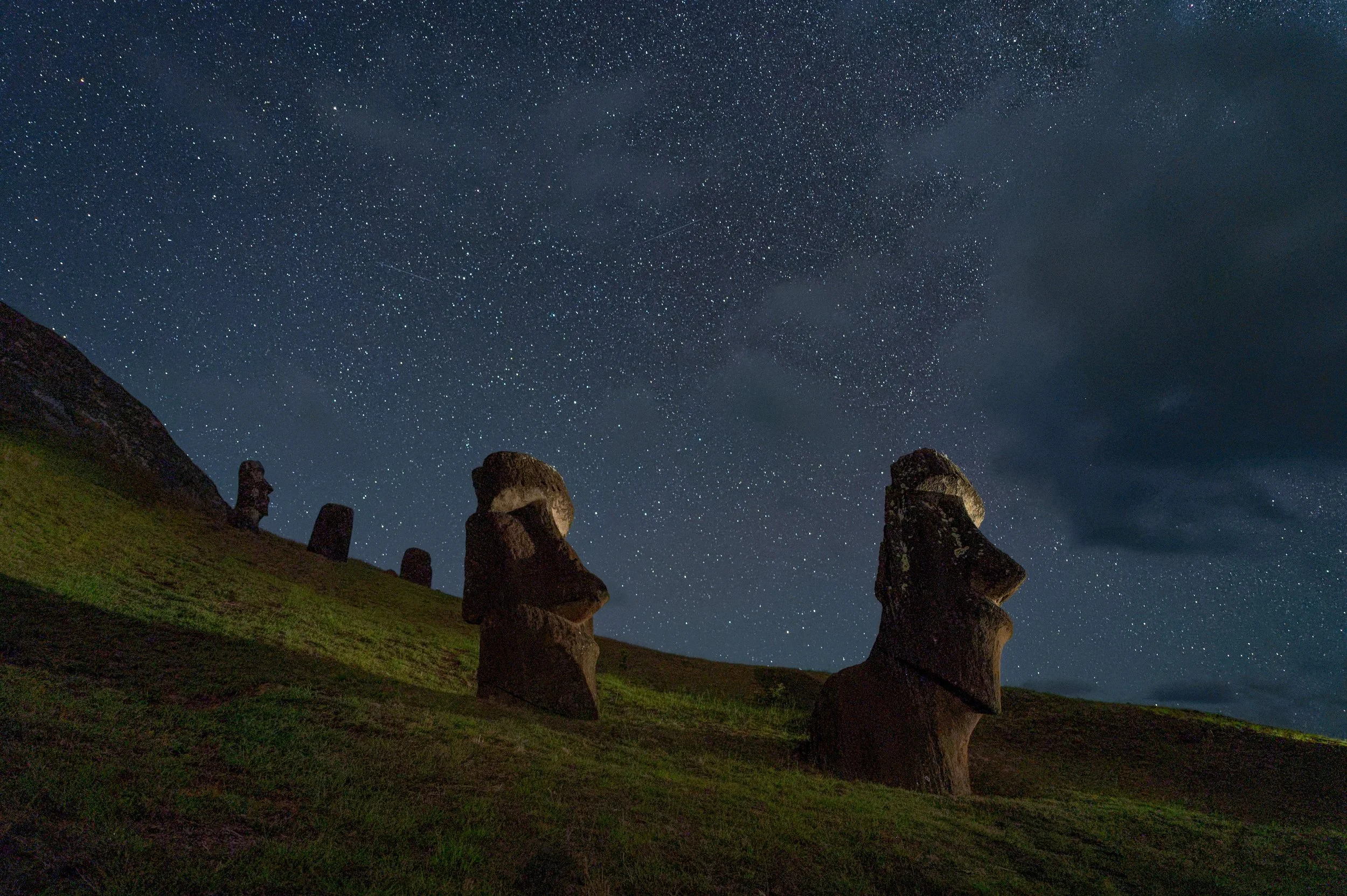We like getting questions. Sometimes they challenge us, sometimes they fascinate us, and sometimes they allow us to fill in the gaps of the things we teach on workshops and in our blog.
This installment of our “Five Questions” series features inquiries about making custom filters for color-correcting flashlights, Pentax’s built-in equatorial tracking, film photography at night, Viltrox lenses and using Adobe Bridge with Lightroom.
If you have any questions you would like to throw our way, please contact us anytime. Questions could be about gear, national parks or other photo locations, post-processing techniques, field etiquette, or anything else related to night photography. #SeizeTheNight!
1. Making Custom Color-Correction Filters
Coast Portland LF100 flashlight filters.
Q: Thanks for your recent post on color temperature. Can you describe how you physically make a filter for the flashlight? Tons of gaffer tape? — Will
A: You could use gaffer tape, or you could just wrap the gel around the end of the flashlight and hold it there with your hand or a rubber band. But there’s a more elegant way. In Part I of that series, Tim told how he attaches the gel to the flashlight. Personally, I like to use double-sided tape to adhere the gel to the clear filter, which gives me a nice, clean piece of gear to work with.
However, the first time I did this, I used standard-size clear tape. It didn’t fit across the whole filter, so I needed to use three pieces side-by-side, which created shadow lines in my flashlight beam. Not a huge problem, but it wasn’t polished enough for me. Moreover, one of the reasons I love using a Coast HP7R to light paint is because the illumination is even across the whole beam. So, shadows from my filter wouldn’t do.
Because of that, I instead started using clear mounting sheets. They come in 8.5x11 sheets, from which I can cut a piece that covers the whole filter. I cut a square piece large enough to cover the clear plastic disc, then use sharp scissors to trim the edges to align with the circle. Then I peel off the backing, adhere a square of filter gel, and finish by trimming that as well. If I need two gels, I repeat the process on the other side of the disc.
Then I can pop my custom filter in the holder, and light paint with precise color with no fuss. — Chris
2. Equatorial Tracking with Pentax
Q: I rarely see anything about the use of equatorial mounts in general, or more specifically what Pentax claims to have with their K1 being able to simulate an equatorial mount for up to 3 minutes. I purchased the K1 thinking that this was the way to go, but as I am just starting in astro-landscape photography, I would be interested in your thoughts on these approaches to letting the shutter stay open a little while longer. — Ray B.
A: None of us have shot with a Pentax K1, but I have a couple of friends who have, and the AstroTracer feature does indeed perform as advertised. Since you already have the camera, I definitely recommend that you give it a go. Just bear in mind that you will still have to do a separate shot for the landscape or foreground, as it will be blurred in the tracer image. (The AstroTracer tracks the sky, so the camera will not be synchronous with the earth!)
For general astro-landscape photography, typical exposures are 20 seconds, f/2.8, ISO 6400. With the AstroTracer, you should be able to get 2 or 3 minutes at f/2.8 to f/3.5 and ISO 1600, depending on your lens.
We would love to see your results. Please send us a couple of images, or better yet, share on our Facebook page. — Lance
3. Film Photography at Night
Q: Greetings from Portugal! I make landscape photos with long exposures, including night photography. I shoot in black and white with digital, but also with film (Tri-X), and recently I got some Acros. What are your views about these two options? — Verissimo
Figure 1. Click to englarge.
A: Thank you for reaching out, all the way from Portugal! I’ve used film for night photography for over 20 years—less and less over the last 2 or 3, but lately I’ve been resurging. (Keep your eye out for a post about that soon!)
Figure 1 is an excerpt from my book Night Photography: From Snapshots to Great Shots, with a chart that compares the film reciprocity of Tri-X and Acros.
As you can see, Tri-X is not a good film for night photography, unless you want to be pushed to very long exposures very quickly. A 15-minute exposure for digital would need to be doubled for Acros (30 minutes), but quadrupled for Tri-X. That’s 1 hour, and anything over 15 minutes is not recommended for Tri-X. This means that with Tri-X at night, you can shoot only under full moon or in brightly lit urban conditions.
Last summer there was some very good news for film night photographers, as Fujifilm brought back Acros after a yearlong hiatus. One of our most beloved black-and-white films, Acros has very low reciprocity failure and can be used successfully under a variety of low-light conditions.
Another thing to consider is that when shooting film at night you are technically overexposing the lights to get a better burn into the silver. To compensate, I advise that you reduce your development times by 10 percent or so to get the best results. Use my chart and -10 percent as a starting point to cook up solutions that best fit your style and the chemicals you use. — Gabe
4. Viltrox 20mm
Q: In your recent blog post “How to Plan, Shoot and Edit a Milky Way Arch Panorama,” I have to say I am a bit confused by this statement: “Lately I’ve fallen in love with the Viltrox 20mm f/1.8, because it comes in a Nikon Z-mount and is crazy-easy to focus manually.” I am unable to find this lens in a non-Z-mount. Maybe you can point me in the right direction? Also, do you know how the Viltrox compares to the Nikon F-mount 20mm f/1.8G combined with the FTZ Adapter? — Eunice
The Viltrox 20mm f/1.8 Z-mount lens.
A: Viltrox is a relative newcomer to the lens market. They presently make the 20mm f/1.8 lens only in a Sony E-mount and a Nikon Z-mount. The latter is not yet available through U.S. retailers, but you can order one directly through Viltrox on Amazon. The Viltrox website is not so up-to-date, but here is some information about the two focal lengths they make (20mm and 85mm). For most of what they manufacture that is available in the U.S., check out B&H Photo.
As for your other question, I have not compared those two lenses directly, so I cannot comment about the optics. But I can comment on the physical attributes.
The Nikon 20mm f/1.8G is substantially lighter, but then you do need to factor in the FTZ Adapter, which adds a little weight. The 20mm is very sharp, though it does suffer from more coma than the Nikon 14-24mm f/2.8, which is why the latter is legendary among night photographers.
Here’s the breakdown:
Viltrox: heavier, manual focus only, has coma until stopped down to at least f/2.8, all metal lens barrel, comes with adapter to use screw-on filters
Nikon: lighter, requires adapter, auto and manual focus, also has coma until stopped down to at least f/2.8, plastic lens housing, can use screw-on filters natively
— Matt
5. Bridge to Lightroom?
Adobe Bridge—meant for using with Photoshop, not generally with Lightroom.
Q: At a recent workshop you said not to use Adobe Bridge to edit photos before importing them into Lightroom, but rather use just Lightroom. If you import from Bridge, that changes the equation somewhat? Most folks in my camera club swear by Bridge. — Brien R.
A: If someone is not using Lightroom, then by all means they should be using Bridge. But there just isn’t any good reason I can think of to use Bridge before Lightroom. Everything that Bridge does is something that’s built into Lightroom, so using Bridge beforehand is just adding extra steps to accomplish the same tasks.
I’m not claiming that there’s not some truly efficacious reason out there to use Bridge first, but it would be a major exception to the rule, something that would fit a very specific, out-of-the-ordinary need. As an indication of how unusual that need would be, know that between Lance, Tim and I, we don’t know any professional photographer who uses Bridge before Lightroom. — Chris
